Sorry, this page needs Javascript to work properly.
Conway's Game of Life
History
The Game of Life was created by British Mathematician John Conway in 1970. It is also known as Life or John Conway's Game of Life. The Game of Life is a 2-dimensional cellular automaton that follows a simple set of rules that have the ability to produce complex patterns and simulated biological life. The original game was created by Conway with the idea of creating a "universal" cellular automaton where unpredictable patterns could evolve. From years of experiments with variations of rules, the Game of Life was eventually created and published in a 1970 issue of Scientific American and has since grown tremendously in popularity.
Since the first publication of the game, the Game of Life and the patterns that evolve from the simple rules governing it have been extensively documented and studied by people all around the world. The reason for the interest in the game comes from the complex patterns that have been produced using the rules of it as well as the fact that the Game of Life is theoretically a universal Turing machine. Being a universal Turing machine means that any computation done by a computer could also theoretically be done using a very large Game of Life board.
Rules
1. Overpopulation
Any cell with 4 or more neighbors will die, as if by overpopulation.
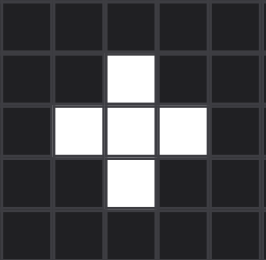

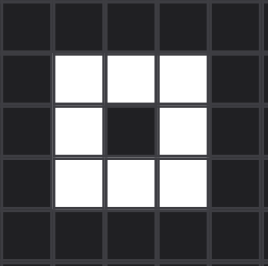
2. Underpopulation
Any cell with less than 2 neighbors will die, as if by underpopulation.
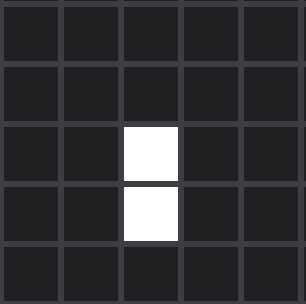

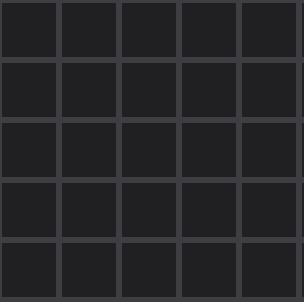
3. Reproduction
Any dead cell surrounded with 3 neighbors will come to life, as if by reproduction.
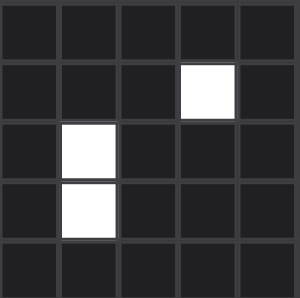

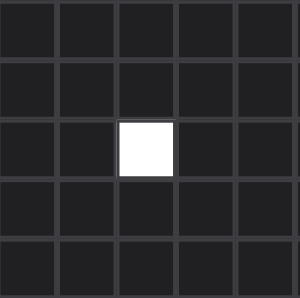
4. Survival
Any cell with 2 or 3 live neighbors will continue to live to the next generation.
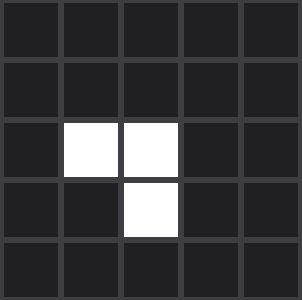

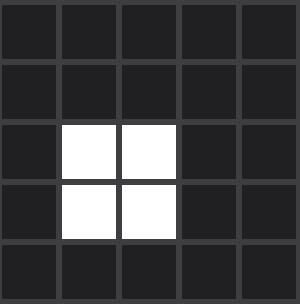
Pattern Types
In the Game of Life, recurring patterns are usually classified into three categories based on their behavior over a certain amount of time. Still lifes are defined as structures that do not change from one generation to the next and tend to be smaller in size. Oscillators are structures that eventually return to their original position after a number of generations. The period associated with the Oscillator class refers to the number of steps required to return to the original state. Spaceships are defined as structures that move through a space keeping their overall structure and can function similarly to Oscillators but do not remain in the same position.
Still Lifes

Tub
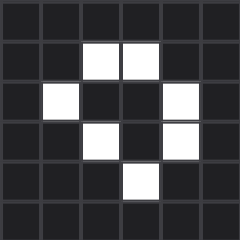
Loaf
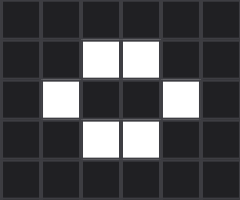
Beehive

Boat

Block
Oscillators
Beacon
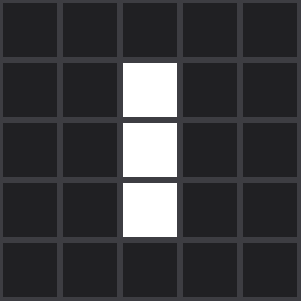
Blinker
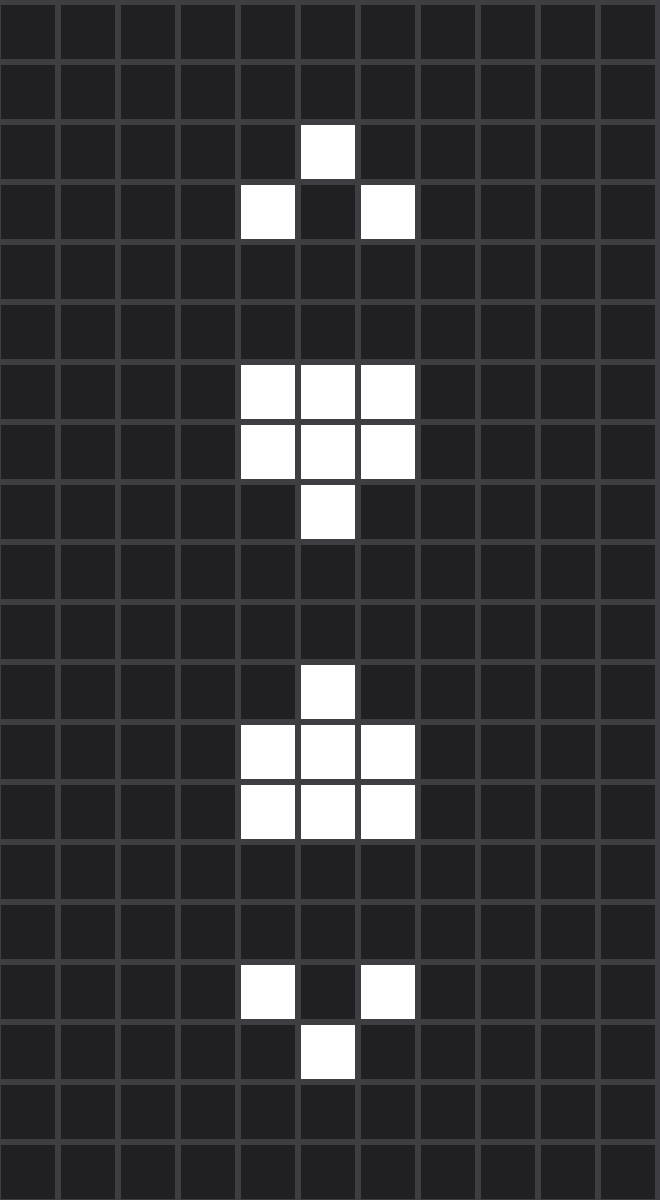
Pentadecathlon
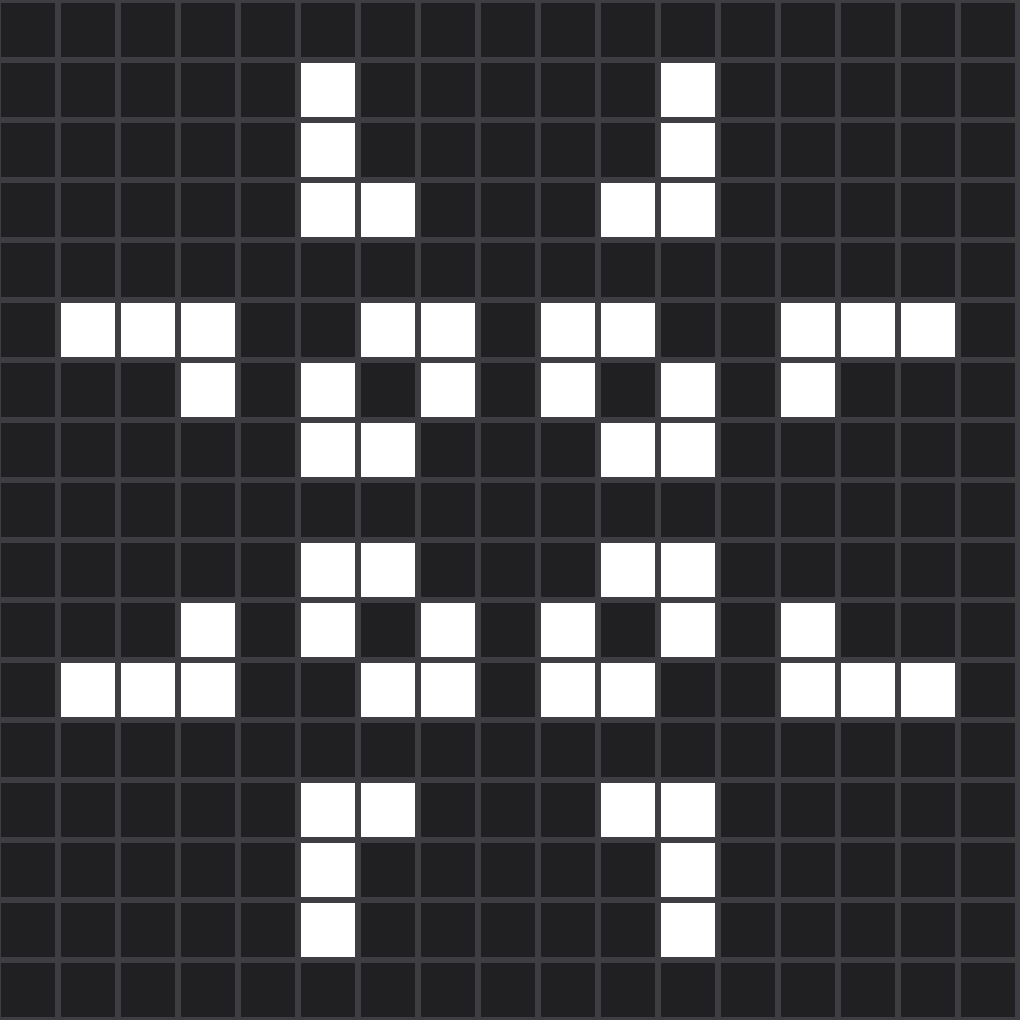
Pulsar
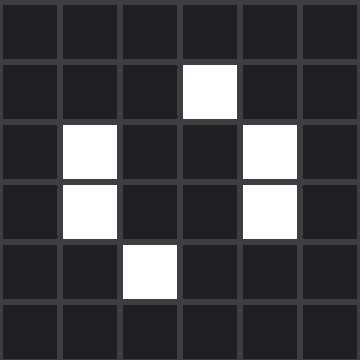
Toad
Spaceships
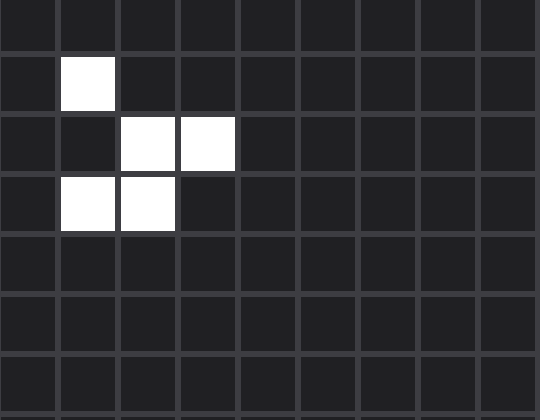
Glider
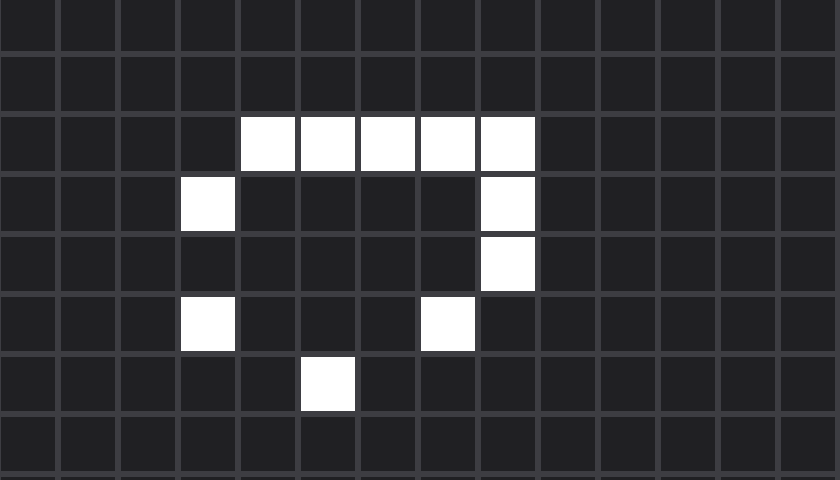
Light Spaceship
Controls
Mouse
Left Mouse - Move
Right Mouse - Create/Delete Cells
Keys
Arrow Keys, WASD - Move
F - Fit to Screen
+, - - Zoom
Enter - Next Generation
Space - Start/Stop
Backspace - Reset
] - Speed Up
[ - Slow Down